PROTECT YOUR DNA WITH QUANTUM TECHNOLOGY
Orgo-Life the new way to the future Advertising by AdpathwayLaika, a two-month-old seal pup, awaits release from Sea Life in Hunstanton, Norfolk, UK, after She was found suffering from multiple wounds, parasites and fever in mid-August. Since then she has gained 9kg in preparation for her release into the North Sea
Photograph: Anthony Devlin
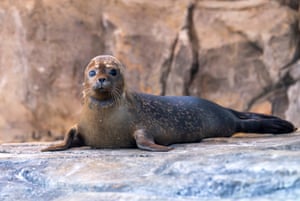
… And she’s off! Laika’s escape was watched by a small crowd of well-wishers
Photograph: Anthony Devlin
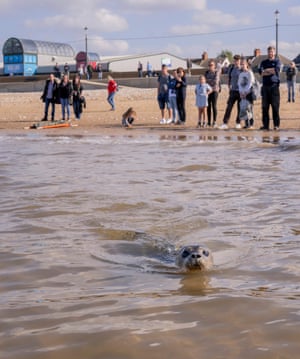
Sticking your neck out … black swans on Albert Park lake, Melbourne, Australia. The swans are part of a research study by the University of Melbourne to monitor the birds’ movements, behaviour and health using numbered neck collars
Photograph: William West/AFP/Getty Images
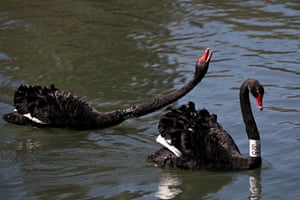
This tiny female capuchin monkey, named Maria, was shot in the shoulder in Rio de Janeiro, Brazil. She lost the use of her legs and was treated by the Instituto Vida Livre, but sadly did not survive. In almost 10 years, 69 wild animals have been shot in Rio, just some of the wildlife caught in Rio’s rampant gun crime
Photograph: João Laet/The Guardian
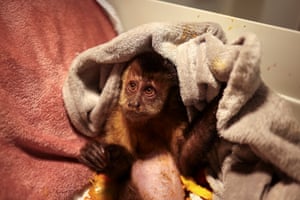
A deer moves through the undergrowth as the annual rutting season begins in Richmond Park, London, UK
Photograph: Toby Melville/Reuters
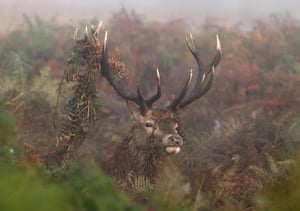
A gorilla forages in the Virunga mountains along the Rwanda-Uganda border. Mountain gorillas are back from the brink: numbers have quadrupled to at least 1,000 since the 1970s, thanks to conservation efforts and sharing tourist income with local communities
Photograph: Badru Katumba/The Guardian

Five of the six pelicans that live in St James’s Park, London, UK gather to preen on the benches
Photograph: Vuk Valcic/Sopa Images/Shutterstock
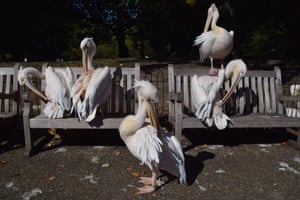
No photos, please! … a polar bear swipes at a camera drone at a Soviet-era research station on Kolyuchin Island in Russia’s far northeast
Photograph: Vadim Makhorov/Reuters
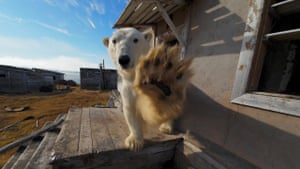
… It was one of several polar bears that have made themselves very much at home in the abandoned building for the past few years
Photograph: Vadim Makhorov/Reuters
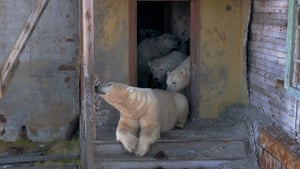
Two oystercatchers fly over a huge crowd of others by the Wash, Snettisham, Norfolk, UK. Tens of thousands of the wading birds gather each year to forage for food on the mudflats of the shallow bay, living up to their name
Photograph: Dan Kitwood/Getty Images
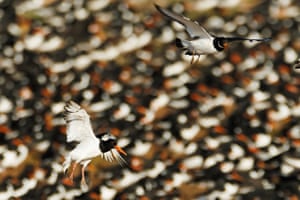
A family of Sumatran elephants feed near palm oil plantations in Peunaron, Aceh, Indonesia
Photograph: Chaideer Mahyuddin/AFP/Getty Images
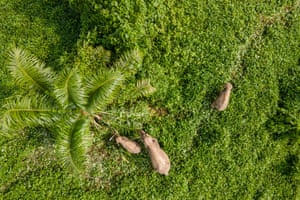
A white ibis takes a shower at Lake Eola in Orlando, Florida, US
Photograph: Ronen Tivony/NurPhoto/Shutterstock
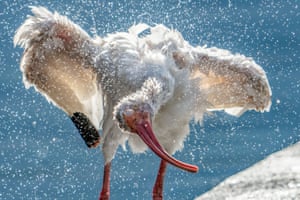
Przewalski’s horses trot in the Dunhuang West Lake national nature reserve in China. The horse was once extinct in China due to excessive poaching, but was reintroduced from Britain, Germany and the US in the 1980s. There are now 212 roaming the reserve
Photograph: Xinhua/Shutterstock
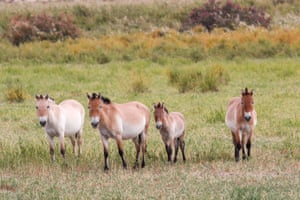
A black-winged stilt wades during its migratory stopover in Bursa, Turkey
Photograph: Anadolu/Getty Images
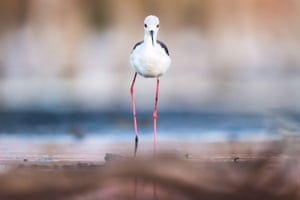
Deer seek shelter from heavy rain and flooding that is affecting southern areas of Ho Chi Minh City, Vietnam. Typhoon Bualoi has just hit Vietnam, causing fatalities and destruction across almost the entire country
Photograph: Anadolu/Getty Images
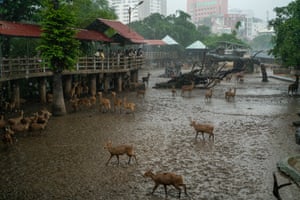
A hoverfly collects pollen from a dahlia flower in the gardens of Greys Court, Rotherfield Greys, Oxfordshire, UK
Photograph: Geoffrey Swaine/Shutterstock
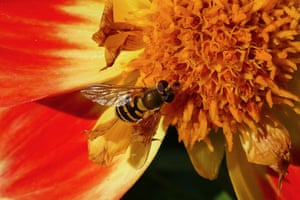
White ibises engage in a brief territorial dispute as they settle at their roosting spots for the evening in Lake Eola Park, Orlando, Florida, US
Photograph: Ronen Tivony/NurPhoto/Shutterstock
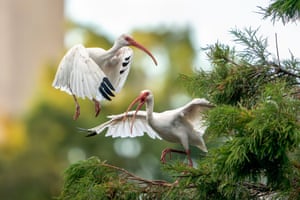
Entitled Feasting at Sunset, this photo of a Brandt’s cormorant among pilchards was the winner of the Birds in the Environment category in the 2025 Bird Photographer of the Year competition. The photographer said: “I was fascinated by the extraordinary skills and elegance of Brandt’s cormorants as they fed on an almost endless school of small pilchards”
Photograph: Franco Banfi
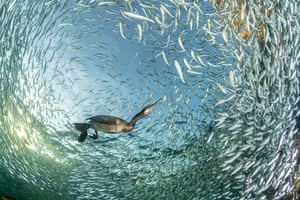
A katydid, or bush cricket, with only one antenna climbs on a hazelnut tree in an orchard near Elkton, Oregon, US
Photograph: Robin Loznak/ZUMA Press Wire/Shutterstock
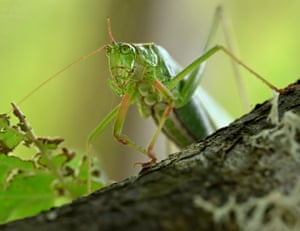
Photograph: Noah Tjijenda/Reuters
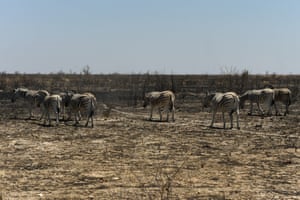


 14 hours ago
4
14 hours ago
4






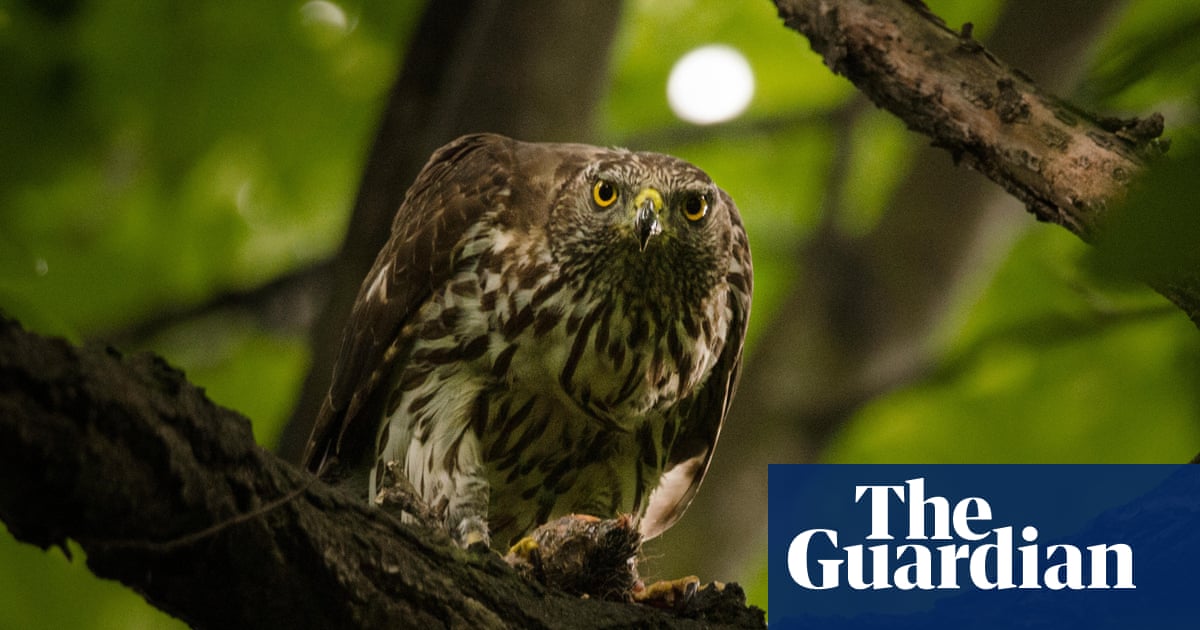














 English (US) ·
English (US) ·  French (CA) ·
French (CA) ·